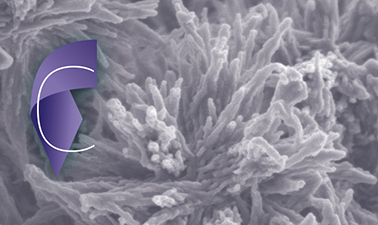Cement Chemistry and Sustainable Cementitious Materials
EPFL
Cement Chemistry and Sustainable Cementitious Materials
The first MOOC to learn the basics on cement chemistry and the good practices in laboratory to assess its properties.
We all know the concrete used to build our houses, offices, schools, or bridges, but do you know why concrete resists?
The aim of this course is to offer solid knowledge on cement chemistry to practioners or to new student in the field. It is therefore not necessary to have a cement background, however basic concepts in chemistry, physics and crystallography can help. This course lasts 6 weeks during which you can take theoretical courses and tutorials to test the cement in the laboratory. You will learn how environmentally and economically the cement is positioned, what it is made of and how it hydrates. You can learn how to test your samples in isocalorimetry in order to follow the hydration and to prepare and observe samples by scanning electron microscopy. You will also learn in the last two weeks how X-ray diffraction works and how to apply it to cements.
What you'll learn
- Understand the hydration of cement
- How and Why using Supplementary Cementitious Materials in concrete technology
- Good tips via tutorials to test your sample by X-Rays diffractometry, Scanning Electronic Microscopy and Isocalorimentry
Meet the instructors
- Prof. Karen Scrivener
- Dr. Ruben Snellings
- Dr. Aurélie Favier
- Dr. Xuerun Li
- François Avet
- Zhangli Hu
- Prof Fernando Martirena
Other EPFL MOOCs
You'll find more information about EPFL MOOCs here.

How to navigate through this course
Start the course by clicking on the top menu Course tab
If you are new to edX and would like to learn how to navigate the edX platform, take this fun and interactive demo course designed to help you explore the edX learning experience. It is perfect to take before you start this present course.

